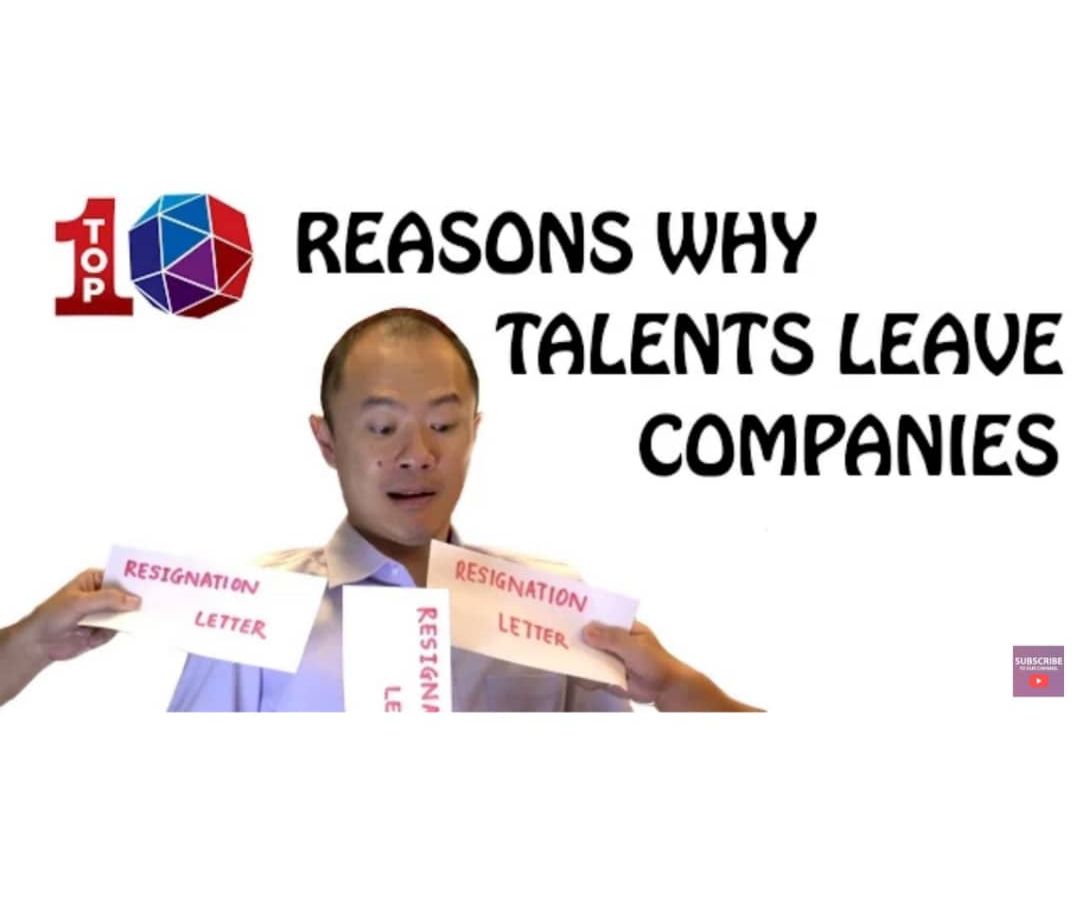Organisational Culture Is An Overlooked Factor In Transformation

Image is from freepik.com by @pressfoto
Today, many organisations leverage next-generation technologies like AI, big data and IoT for business transformations. Of course, training employees from time to time is also a part of that transformation, but is that it? Absolutely not.
Which factors drive a successful business transformation? According to a Deloitte survey:
- Nearly 76% of business executives said “a clearly defined business strategy” is necessary for transformation success.
- Whereas, the surveyed employees said that a clearly defined business strategy and core values and beliefs drive success.
A 2014 Harvard Business Review article noted that chefs prepared extra delicious food after they got to know their customers — which, to me, meant that visuals and tangible things had helped the chefs go that extra mile beyond success. However, organisations’ cultures are complicated, as they are unique, cannot be visualised, nontangible, have a long-lasting journey and, more importantly, don’t have predefined guidelines. Because of this, organisations can tend to overlook them and move on with other important tasks.
You can’t go wrong investing in organisational culture, as it’s been found that businesses with powerful work cultures have a 20% higher employee satisfaction rate. It means more productivity and more quality work.
Management’s Role
Just like any other organisation-wide initiative, the cultural shift excites management at the beginning, but eventually, it generally fails to keep up the spirit throughout the transition. Every management member and senior executive must take responsibility and remain active throughout the process.
Here are some ways to build a strong cultural pillar in your organisation:
People. No matter how good your product or service is, you could be going nowhere without investing in hiring or retaining the right people. Sometimes, employee training does not suffice, and you might want an open platform where employees feel free to express their thoughts. Many employees feel hesitant to reach out to their management. If that’s the case, then it’s high time for a change. It’s time to commit to the talk.
Share your vision and mission. You will be surprised how many employees are not aware of their organisation’s vision, mission and values. It is a very common scenario, and I have seen it happen far too many times. Please take the extra step to effectively communicate the core tenets of your organisation — vision, mission and values — to your employees. That can keep them to stay more active, aware and motivated. Also, remember to do this every time you have an opportunity to connect with a larger set of people. It’s OK to overcommunicate.
Collaboration. Collaboration is the key to building high-performing teams — the devil is in the detail. Most importantly, the team needs to keep their ear out for cues and get to the crux of any negative sentiment that might be coming up.
Leaders’ support. Your organisation’s leadership plays a bigger role in empowering teams. The leaders should be approachable to the team members, and this could be done by keeping an open-door policy where anyone can walk into any of the leaders’ offices and have a chat. Eventually, work toward dismantling the culture of offices and enable a “dinner seating” type of arrangement where every employee, including the leadership, sits and works in the open.
Discover: How Leaders Can Create A Collaborative Company Culture
Transparency. Many employees can often feel disincentivised due to a lack of transparency and process opacity. It is very important to let employees know about the things they are (or could be) a part of. Give them a sense of ownership and communicate why they are important. After all, we are human, and it feels good to be appreciated.
Rewards. A rewards system can be a tricky one, and it doesn’t always involve a monetary aspect but can also include things like experiential rewards. It’s imperative to design a rewards system with various choices so there is almost something for everyone. That’s certainly not an easy task and might require:
• Frequent in-house quizzes about management and work culture.
• Revisiting the rewards system regularly.
• Engaging with an external partner.
Challenges. A Ladders survey (via Glassdoor) says that not having a challenging role is a downer and organisations end up losing talent. Challenging objectives, if employed the right way, can unlock the potential of your talent and help with employee retention and engagement. A couple of examples include:
• Planning for frequent employee cross-mapping for different roles. This could give employees fresh perspectives and even bring in new ideas.
• If you are undertaking a new technology initiative, then the employees need to understand the “whys” of believing in the outcomes and be ready for the shift. Pushing changes often might be counterproductive.
Flexibility. Covid-19 has changed maybe everything about business conduct. Being flexible has become more of a need than just an option. Employee morale and productivity can be uplifted by balancing between creating an engaging and challenging — but flexible — work environment.
Diversity. Diversity and inclusion are significant factors that inculcate several possibilities, ideas and creativity. It is great for employee motivation and can help people keep up with changing social dynamics, which can encourage various perspectives to be part of your success story.
Conclusion
In many ways, strategy and culture invigorate each other. Peter Drucker once said that “culture eats strategy for breakfast,” which means you can have the best strategy, but if your culture does not enable change and embrace failures, then your teams are not motivated to push themselves out of their comfort zones. A motivated and enthusiastic workplace goes beyond goals and blesses businesses with countless innovations and can even withstand any challenges due to the business transformations.
Working on organisational culture must be a continuous process and must not be neglected due to a busy schedule. You are in this for the long haul, and being patient helps. It’s not too late to rethink or be serious about organisational culture for that sweet success beyond desired technological outcomes.
This article was originally published in Forbes.
Functional
Prasanna Singaraju is the Co-founder and Chief Executive Officer at Qentelli. He is responsible for amazing teams at Qentelli that deliver Engineering Services, Solution Architecture, Service Delivery, Human Capital, and the Innovation Team. Prasanna is passionate about enabling enterprises to realise their business strategy by leveraging on technology.






